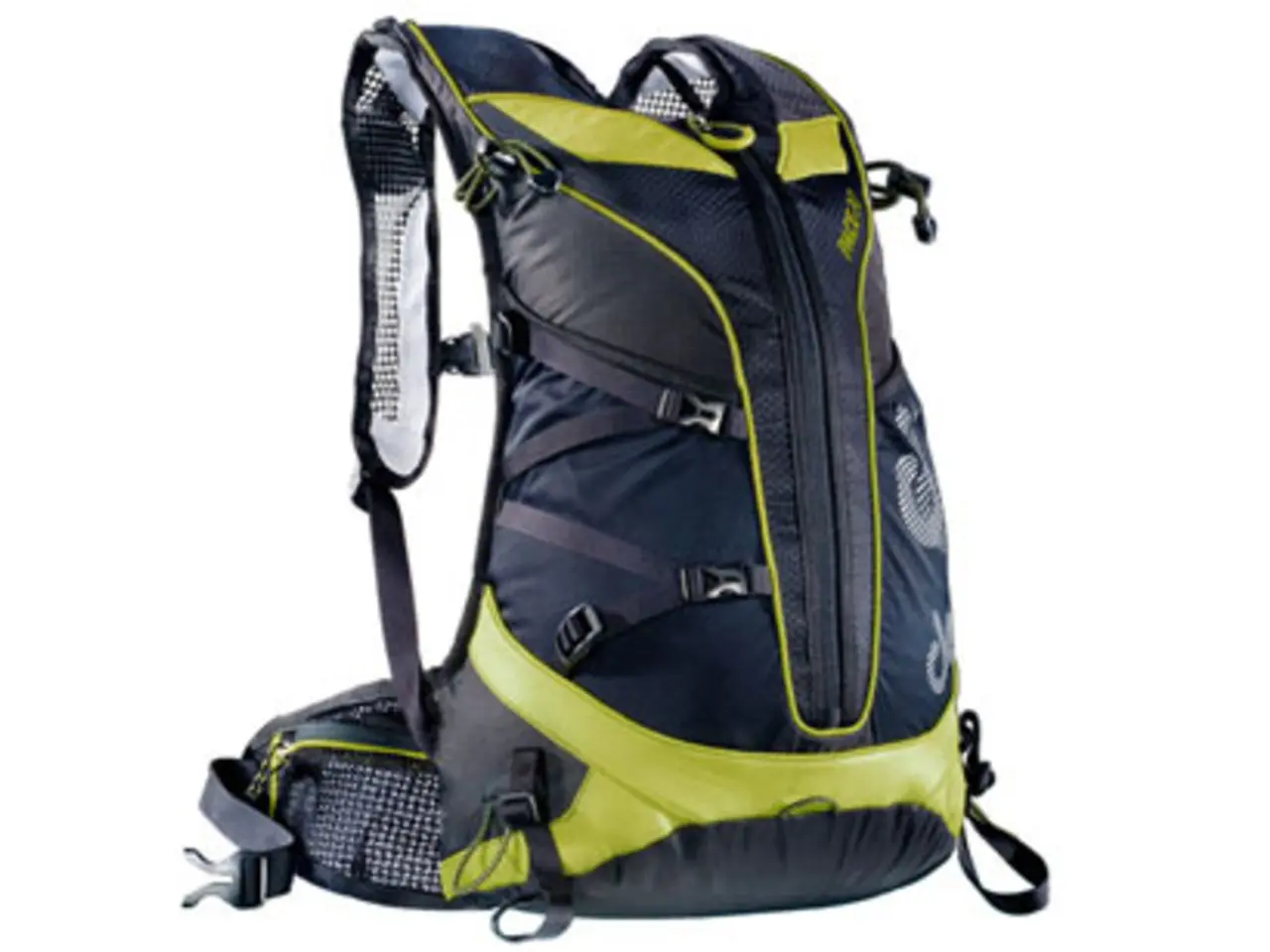Rapid Relief with Cold Packs Instantly
Instant Ice Packs Offer Quick Relief and Convenience for First-Aid Treatment
Instant ice packs and traditional ice packs differ significantly in convenience, speed of relief, and environmental impact for first-aid use.
Instant ice packs are highly convenient because they do not require pre-freezing. Activating the pack (typically by squeezing or breaking an internal pouch) causes an immediate chemical reaction that produces cold. This makes them ideal for situations without access to a freezer or when immediate cold therapy is needed. Traditional ice packs (including reusable gel packs) usually need to be stored in a freezer for hours before use.
In terms of speed of relief, instant ice packs provide rapid cooling immediately upon activation, which can be beneficial for sudden injuries. Traditional frozen ice packs or ice cubes (e.g., nugget ice) also cool effectively but require prior preparation time. Nugget ice, for example, cools quickly and conforms well to injured areas but must be kept frozen beforehand.
However, when it comes to environmental impact, traditional reusable ice packs are generally superior. Instant ice packs are disposable after single use, generating plastic and chemical waste which may be less sustainable unless specifically designed for safe disposal or recycling. Reusable packs reduce the need for continually producing and disposing of single-use products.
Instant ice packs contain a mixture of water and ammonium nitrate, and they are safe and non-toxic for external use only, and should not be ingested. To use instant ice packs, give them a good squeeze, shake them up, and they will provide a soothing chill. It's better to use ice in short, repeated sessions rather than keeping it on continuously to avoid skin damage. The goal is to reduce the muscle temperature by 10-15 degrees Celsius.
Research has shown that the effectiveness of ice for treating soft tissue injuries depends on how it's applied. Instant ice packs are beneficial for treating sports injuries such as sprains and pulled muscles. They provide quick relief for pain and swelling by constricting blood vessels and minimizing swelling. The skin should not get too cold during the application of ice packs to avoid potential damage.
Instant ice packs have versatile uses, including soothing headaches, migraines, and insect bites and stings. They are portable and do not require a freezer, making them ideal for on-the-go use. It's important to reduce the muscle temperature by 10-15 degrees Celsius to get the best results from ice packs.
After using ice, a person's reflexes and muscle function may be impaired for about 30 minutes, making them more prone to injury during that time. Therefore, it's crucial to follow the recommended usage guidelines to ensure safe and effective treatment.
References: - Quick, flexible cooling and body-conforming gel packs aid long-term injury recovery better than stiff traditional packs[3]. - Instant chemical reaction packs provide immediate cold without freezing time but are mostly single-use. - Nugget ice cools quickly and molds well but requires pre-freezing[1]. - A person's reflexes and muscle function may be impaired for about 30 minutes after using ice packs. - Instant ice packs have versatile uses, including soothing headaches, migraines, and insect bites and stings. - Instant ice packs provide quick relief for pain and swelling by constricting blood vessels and minimizing swelling. - The study found that using ice packs is effective for treating soft tissue injuries. - Instant ice packs contain a mixture of water and ammonium nitrate. - The skin should not get too cold during the application of ice packs to avoid potential damage. - Instant ice packs are portable and do not require a freezer, making them ideal for on-the-go use. - It's important to reduce the muscle temperature by 10-15 degrees Celsius to get the best results from ice packs. - A study looked at the use of ice packs for treating injuries to muscles and other soft tissues, but specific findings about the use of instant ice packs were not provided. - The study suggests that using ice packs in short 10-minute sessions is the best approach to maintain the right temperature in the muscles and prevent further injury.






